Maharashtra-based Vision Mechatronics has delivered India’s first solar microgrid with megawatt (MW)-scale hybrid energy storage. The system is installed at Om Shanti Retreat Centre (ORC) in the Gurugram district of the Indian State of Haryana.
In the system, 200kWp of solar panels have been connected to the energy storage combination of 614.4 kWh Lithium batteries with 480kWh tubular-gel lead-acid battery. The 1 MWh hybrid energy storage system is recharged by solar power throughout the day and used during power outages and at night hours.
The hybrid battery storage system utilizes the center’s existing old lead-acid batteries with new lithium-ferro-phosphate (LFP) batteries, thus economically prolonging the backup duration to ensure zero-blackout scenarios.
Vision Mechatronics director Rashi Gupta told pv magazine, “Lithium energy storage beyond four hours is not economically viable as the system cost is prohibitory. So we combined it with a lead-acid battery to give a longer 18 hours of backup for smaller loads and about eight hours on median loads.”
The hybrid energy storage systems could allow commercial entities to reduce their capex investment in battery energy storage system by 35-40%.
Heavy load support, quick response time
The microgrid system ensures an uninterrupted, flicker-free power supply with a response time of less than ten milliseconds, which keeps all electronic items at Om Shanti Retreat Centre unaffected by power cuts and fluctuations.
The Centre has a total electricity load of roughly about 500 kW. Heavy loads include three 40.2HP submersible water pumps that run for 10 hours a day, full air-conditioning throughout the halls of the campus, equipment in the community kitchen, big baking ovens, etc. Then there are lighting and other requirements too.
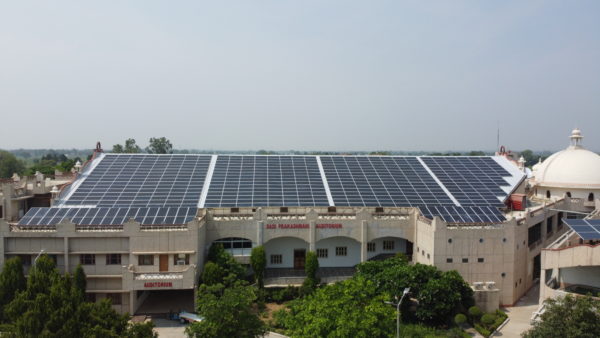
Vision Mechatronics
Through its hybrid energy storage arrangement, Vision Mechatronics is supporting three staggered types of loads at the Om Shanti Centre. “When the campus is on full load, electricity consumption goes up to approximately 450-500 kW. The minimum average daily load is 125-150 kilowatts daily, that’s a semi-load or median load kind of condition. The night load is generally constant at about 40 kilowatts. So, the whole concept here was to run the median load for at least eight hours, and the baseload for at least 18 hours. That’s how we arrived at the combination energy storage system capacity,” said Rashi Gupta.
Solar generation starts at 5:30 am and continues till 6:30 pm in the evening. After that, the Center can choose to either use the grid electricity or the stored battery power.
The system is also connected to a diesel generator set, though it’s not used much. “Minimizing the use of the diesel generator at the Center was important. Their diesel tank storage capacity is about 7000 liters, so refueling the tank at today’s rising diesel prices is not viable”.
Safe, smart
Vision Mechatronics has specifically used a low-voltage system, unlike the traditional MW scale storages which have a high-voltage DC bus. Solar panels are DC coupled to the batteries, which maximizes the efficiency of the system as compared to AC-coupled solar generation.
The Lithium battery used in the system has a special feature of active balancing and internet of things (IoT) capabilities along with predictive and preventive monitoring, maximizing the efficiency and life of the battery.
This content is protected by copyright and may not be reused. If you want to cooperate with us and would like to reuse some of our content, please contact: editors@pv-magazine.com.
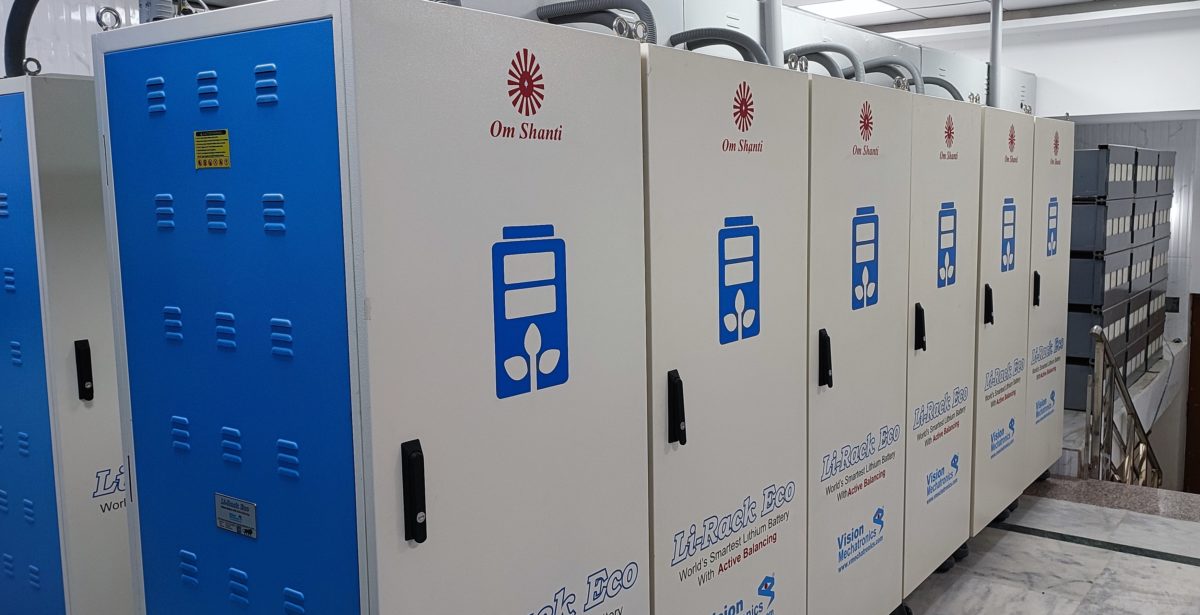
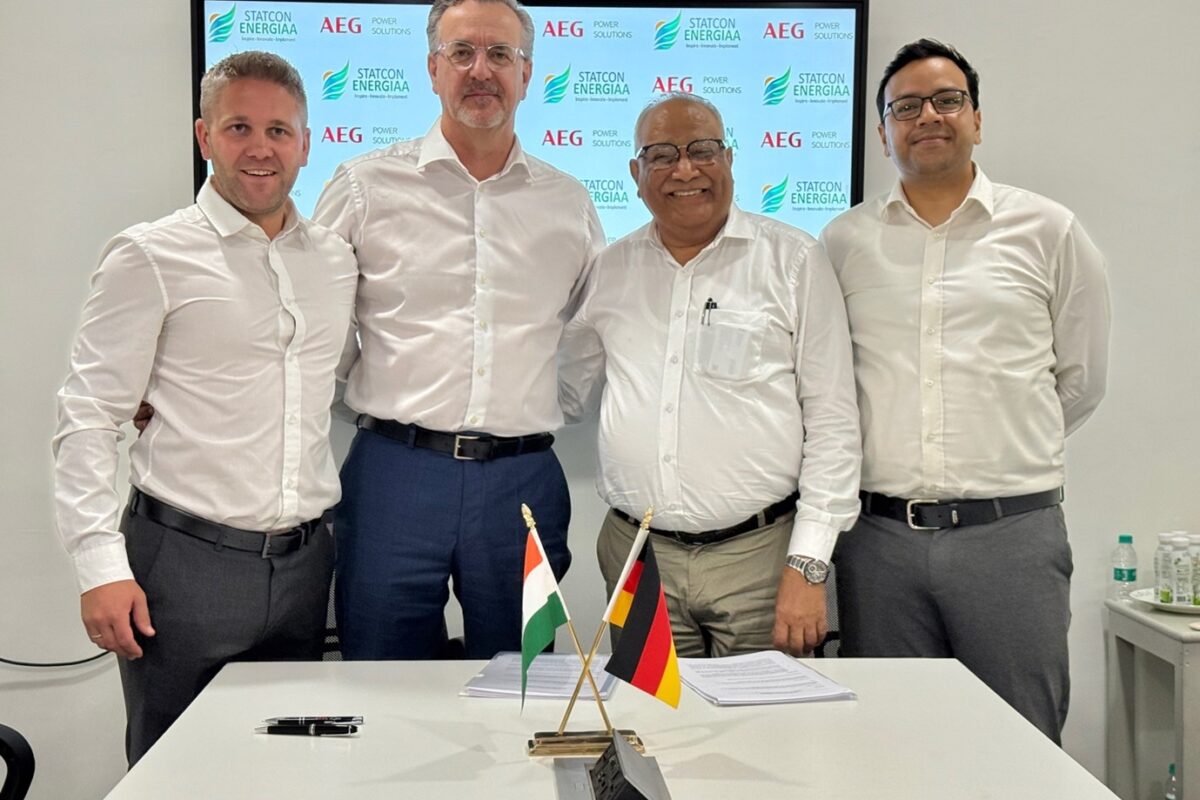


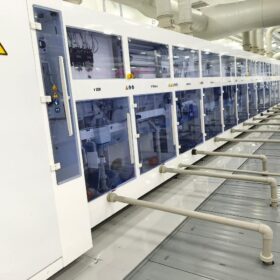
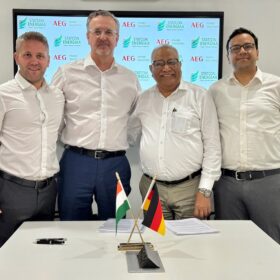
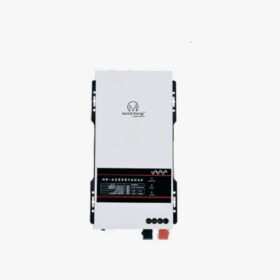
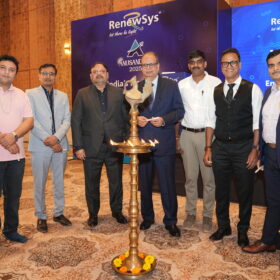
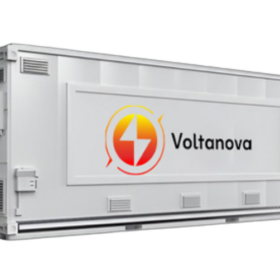
Dear Sir,
My name is Rajendran Pillai and running a company in Kuwait since 2008 we are a U.S. Army contractor, and we are doing service contracts with the U.S. Defense Force. Currently, there is a requirement to construct a microgrid with controls to provide a power station. I was going through the internet I found your e-mail ID, So, I am sending this e-mail to you.
If there is any company interested in India that has past performance and is capable of submitting a technical and price proposal, based on the solicitation requirement, we can work together. BHARAT will provide all the local support and sponsorship of your company legally in Kuwait. There are Four US Army base camps here in Kuwait and this is from one base camp. The brief project details are below for your kind review.
The project will include the following: add a new 500kW solar photovoltaic (PV) array on roofs, add a new 200kW solar PV array on new carports, and a 1.5MW/1.5 MWH technically proven battery energy storage system (BESS), and one new 1500kW generators. Rooftop PV will be installed on 2 of the following Buildings in the ARTC (605,606, 608, 610 or 611), and new carports next to the ARTC. The MCS will install a stand-alone network with a monitoring and control system. The microgrid will be capable of providing for Mission-critical operations, as required, while also supporting daily operations through integration with the existing diesel generator sets.
The magnitude of this construction project is anticipated to be between $10,000,000 and $25,000,000. The US Government anticipates releasing the solicitation on or about 22 April 2024.
If your company or any other company is interested work on this project, please let us know, we can work as a JV partner or local sponsor to this project.
Awaiting your early reply.
Thank you.